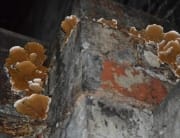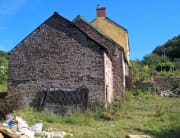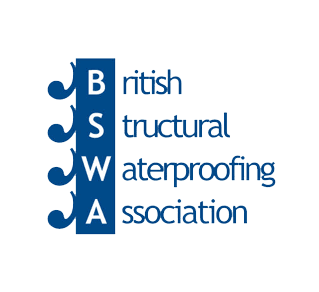A severe Dry Rot outbreak has been discovered at Thirlestane Castle in Scotland. Set in the Scottish Borders at Lauder, the castle originates back to the 13th century. It has extensive parklands and attracts thousands of visitors each year.
Following the discovery of Dry Rot, Thirlestane Castle has announced that the castle will be closed throughout the summer of 2013.
Sadly, the area of the castle that suffered the most Dry Rot damage was the grand dining room in the Victorian wing. The affected timber has now been removed but is expected to result in damage costing more than £100,000.
Dry Rot refers to wood decay caused by certain species of wood rotting fungi. It is extremely invasive and destructive and has a unique ability to spread rapidly throughout buildings and materials. Often the term Dry Rot is misused to describe other forms of fungi or mould growths that are less severe.
If you feel your property may be suffering from a Dry Rot problem it’s important to seek professional advice. A professional will be able to identify the true cause of the problem and advise you on the best solution to take.
It is important that a Dry Rot outbreak is dealt with correctly; otherwise, it can return and spread rapidly through the property. Protectahome Surveyors are qualified, experienced professionals who are used to dealing with all types of wood rotting fungi in buildings. If you think your property may be suffering from a Dry Rot problem contact us on 0800 055 6966 to arrange a Dry Rot survey.
Image – © Copyright Kevin Rae and licensed for reuse under the Creative Commons Licence















